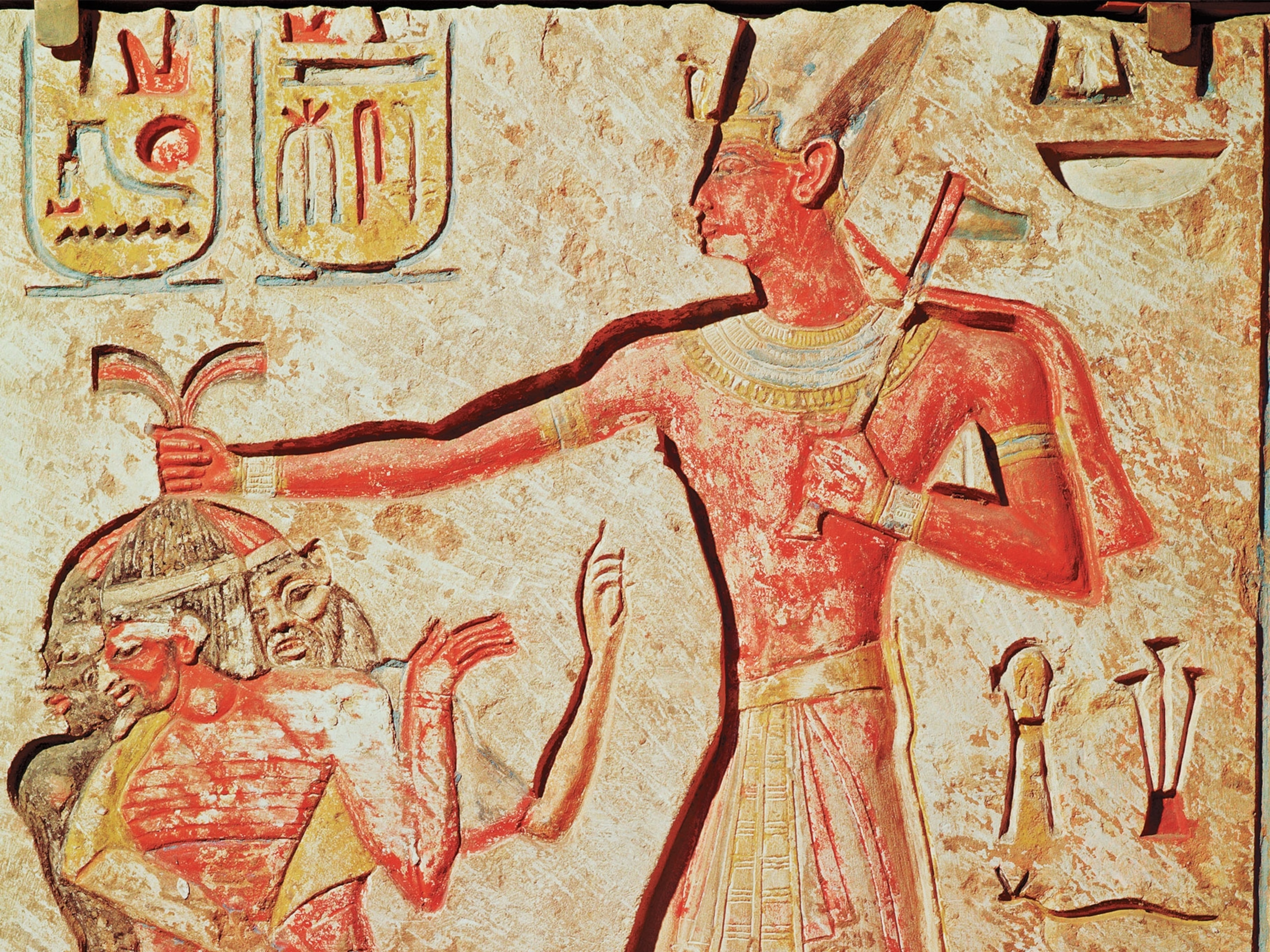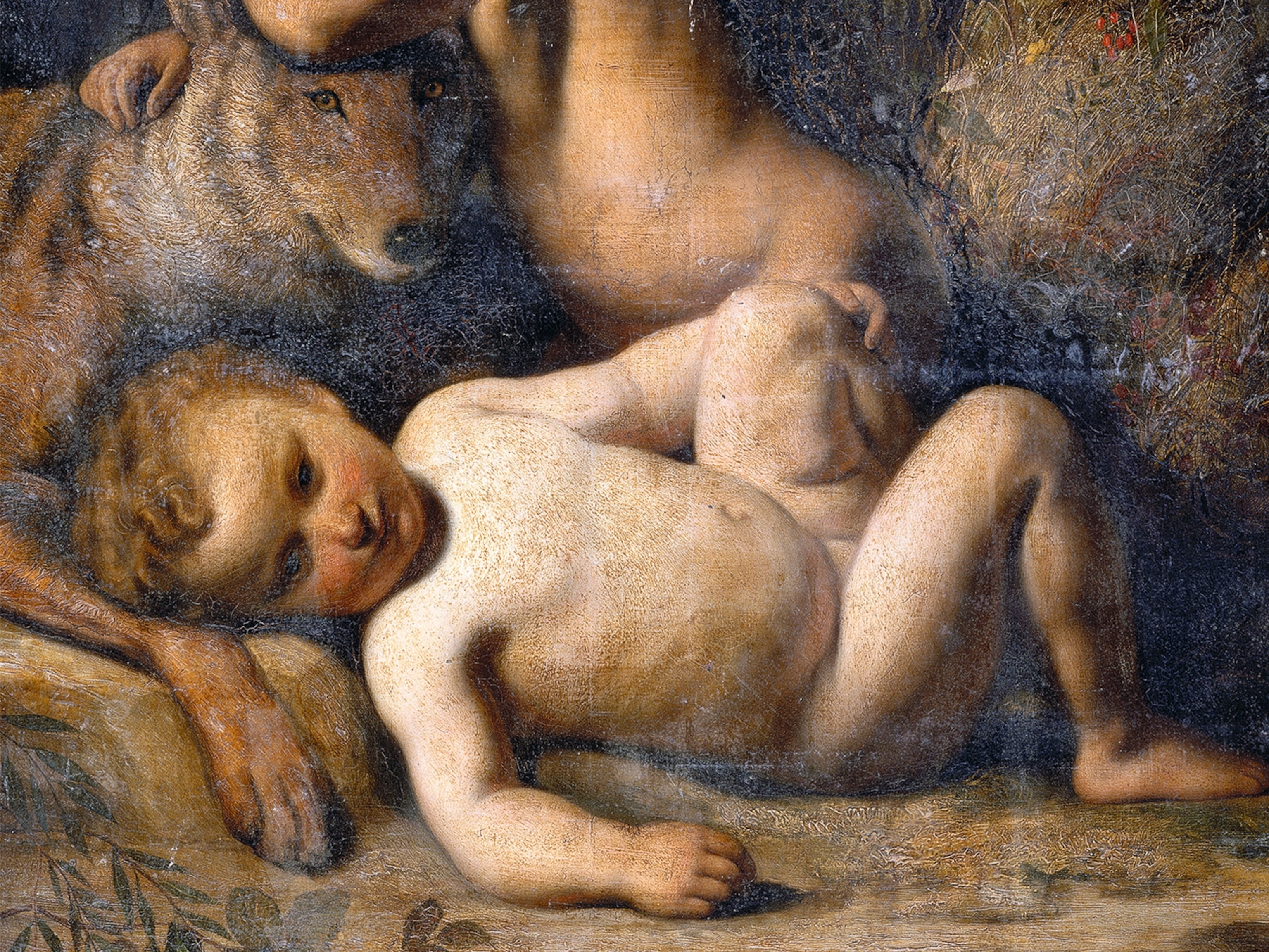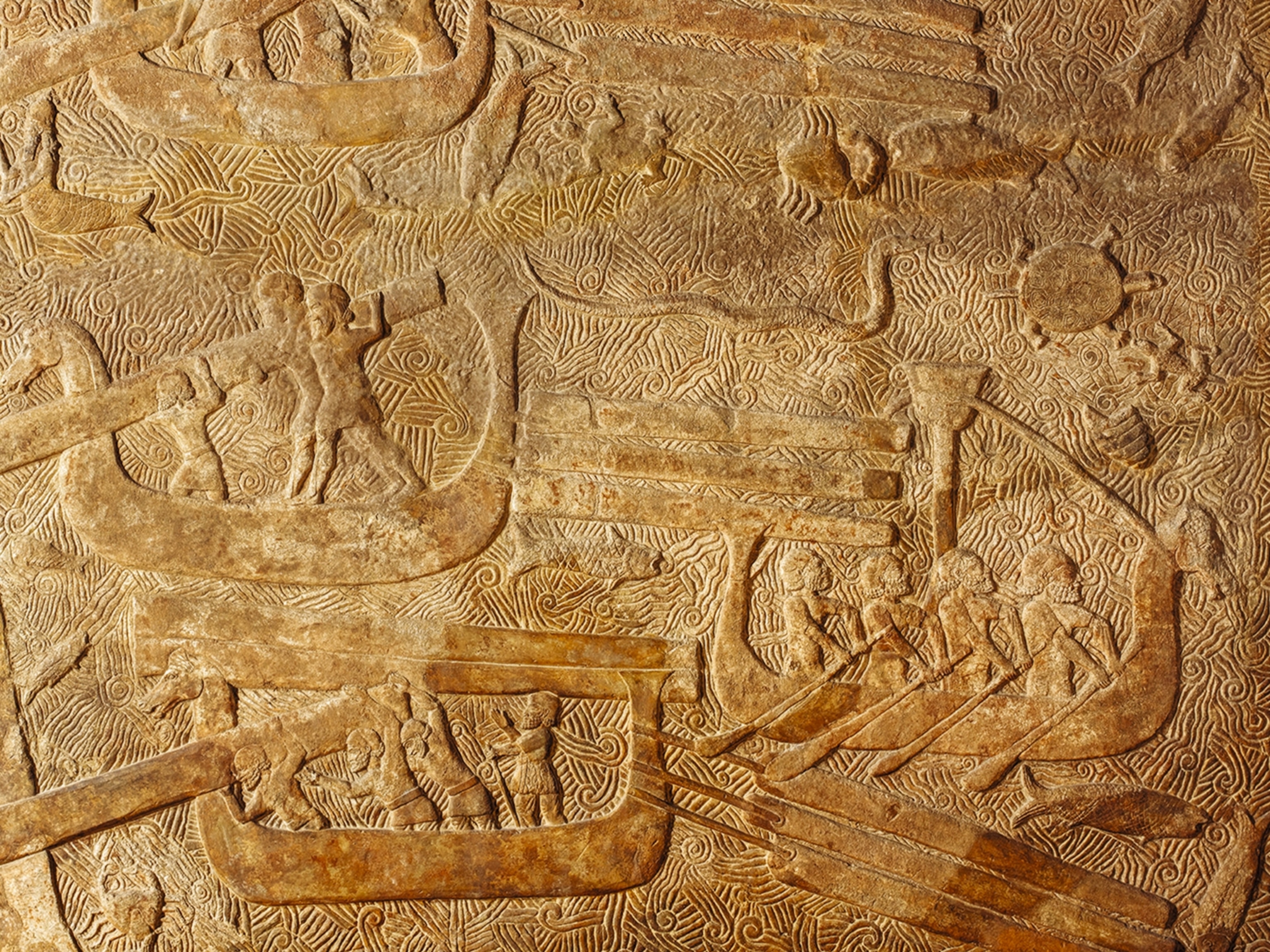Chandragupta Maurya’s grandson Ashoka (Aśoka) (ca 304–233 B.C.) took the Mauryan Empire to its greatest geographical extent and its full height of power. Yet his remarkable transformation of the kingdom came not through the intense violence that marked his early reign. Instead, it resulted from his embrace of Buddhism and the messages of tolerance and nonviolence that he spread throughout the sprawling empire.
Eight years after seizing power around 270 B.C., Ashoka led a military campaign to conquer Kalinga, a coastal kingdom in east-central India. The victory left him with a larger domain than that of any of his predecessors. Accounts claim between 100,000 and 300,000 lives were lost during the conquest.

That human toll took a tremendous emotional toll on Ashoka. He wrote that he was “deeply pained by the killing, dying, and deportation that take place when an unconquered country is conquered.” Thereafter, Ashoka renounced military conquest and other forms of violence, including cruelty to animals. He became a patron of Buddhism, supporting the rise of the doctrine across India. He reportedly dispatched emissaries to several countries, including Syria and Greece, and he sent his own children as missionaries to Sri Lanka.
Ashoka shared his new outlook on life through edicts carved into stones and pillars located around the country at pilgrimage sites and along busy trade routes. The edicts are considered among the first examples of writing in Indian history. They were not carved in Sanskrit—the official state language—but in local dialects, so that the messages could be widely understood. For example, an edict near modern-day Kandahar in Afghanistan, an area that had been under Alexander the Great’s control for a period of time, is written in Greek and Aramaic.
Much like Cyrus in Persia, Ashoka adopted and promoted a policy of respect and tolerance for people of different faiths. One edict declared, “All men are my children. As for my own children, I desire that they may be provided with all the welfare and happiness of this world and of the next, so do I desire for all men as well.”
Other edicts exhorted citizens to generosity, piety, justice, and mercy. Ashoka and his high ministers took occasional tours through the kingdom to check on the welfare of the people and see how his edicts were being fulfilled. According to one pillar, the ministers provided medicine and hospitals for both men and animals.
Tending to earthly needs
In addition to his edicts, Ashoka built stupas, monasteries, and other religious structures at noteworthy Buddhist sites, such as Sarnath. He was not an unworldly ruler, however. He efficiently managed a centralized government from the Mauryan capital at Pataliputra. A large bureaucracy collected taxes. Inspectors reported back to the emperor. Irrigation expanded agriculture. Familiar hallmarks of ancient empires, excellent roads were built connecting key trading and political centers; Ashoka ordered that the roads have shade trees, wells, and inns.
After his death, Ashoka’s merciful style of governance waned along with the Mauryan Empire itself. His reign slipped into the realm of legend, until archaeologists translated his edicts two millennia later. In their time, those edicts helped unify a vast empire through their shared messages of virtue, and they propelled the expansion of Buddhism throughout India.
Sarnath, pillar of faith
Ashoka’s most famous pillar was erected at Sarnath, in the state of Uttar Pradesh in northern India. The site is revered among Buddhist pilgrims as the spot where the Buddha gave his first sermon and shared his Four Noble Truths.
The pillar’s exquisitely carved capital, more than seven feet tall, is divided into three sections. Its base is a lotus flower, a Buddhist symbol. A cylindrical abacus features carvings of a horse, a lion, a bull, and an elephant at the compass points of the cardinal directions, with dharma wheels evenly spaced in between. At the top stand four powerful lions, also facing the four cardinal directions and thought to represent Ashoka’s power over all the land. The capital was adopted as the national emblem of India in 1950 and is depicted on several of the country’s coins and banknotes.
Buddhism
Founded between the sixth and early fourth century B.C. by Siddhartha Gautama, the Buddha or “enlightened one,” Buddhism soon spread through India and much of Asia. Buddha introduced the concept of peace through inner discipline. His meditations told him that suffering came from desire for sensory pleasures. Therefore, he laid out an Eightfold Path to inner holiness: right view, right aspiration, right speech, right conduct, right livelihood, right effort, right-mindedness, and right concentration.
He taught that through meditation, discussion, humility, and denial of a self, a person could achieve a perfect, peaceful state known as nirvana. As years passed, increasing numbers of Buddhist monks fanned out across Asia, acting as missionaries to promote the faith.




